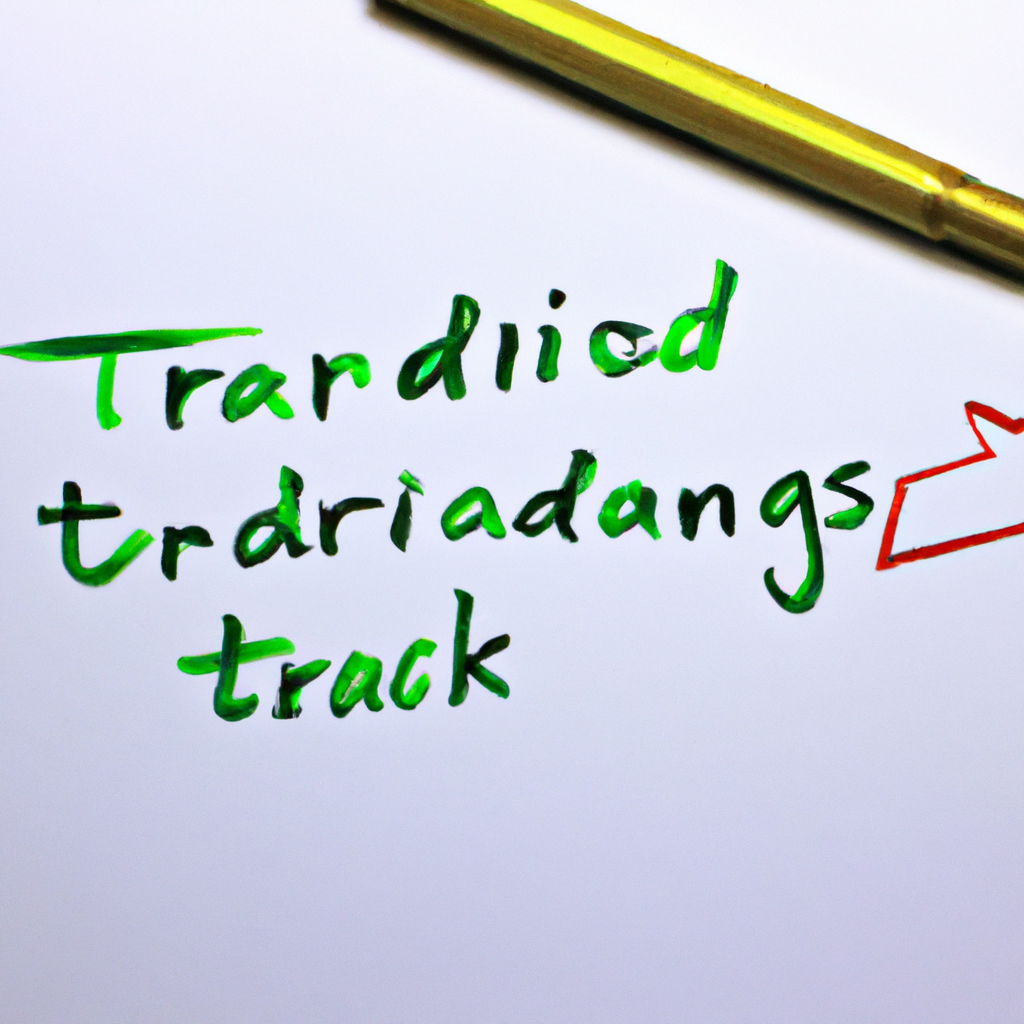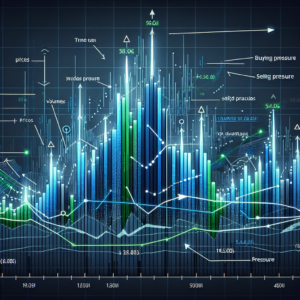
Algorithmic Trading Techniques: A Guide to Automated Trading
Introduction
Algorithmic trading, also known as automated trading or algo trading, is the process of using computer programs or algorithms to execute trades in financial markets. These algorithms are designed to analyze market data, identify trading opportunities, and execute trades with minimal human intervention. In this article, we will explore some popular algorithmic trading techniques and how they are implemented.
1. Trend Following
Trend following is a popular algorithmic trading technique that aims to identify and capitalize on market trends. It involves analyzing historical price data to identify the direction of the market and then taking positions that align with the trend. This technique typically uses moving averages, trend lines, and other technical indicators to identify trends and generate trading signals.
2. Mean Reversion
Mean reversion is another widely used algorithmic trading technique that relies on the assumption that prices tend to revert to their mean or average over time. Traders using this technique look for situations where the price of an asset has deviated significantly from its historical average and take positions that bet on the price returning to its mean. Mean reversion strategies often use statistical tools such as Bollinger Bands and RSI (Relative Strength Index) to identify overbought or oversold conditions.
3. Arbitrage
Arbitrage is a strategy that takes advantage of price discrepancies between different markets or assets. Algorithmic traders using arbitrage techniques identify situations where the same asset is trading at different prices in different markets or where related assets have pricing discrepancies. They then execute trades to exploit these price differences and make a profit. This technique requires sophisticated algorithms and high-speed trading systems to quickly identify and execute arbitrage opportunities.
4. High-Frequency Trading
High-frequency trading (HFT) is a subset of algorithmic trading that involves executing a large number of trades at very high speeds. HFT strategies rely on powerful computers, low-latency trading systems, and complex algorithms to exploit small price inefficiencies in the market. These strategies often involve market making, where traders provide liquidity to the market by continuously buying and selling securities, profiting from the bid-ask spread.
5. Machine Learning and Artificial Intelligence
Machine learning and artificial intelligence (AI) techniques have gained significant popularity in algorithmic trading. These techniques involve training algorithms on historical market data to identify patterns and make predictions about future price movements. Machine learning algorithms can adapt and improve over time, allowing traders to refine their strategies based on changing market conditions. AI-powered algorithms can also process vast amounts of data and news sentiment to make more informed trading decisions.
Conclusion
Algorithmic trading techniques have revolutionized the financial markets by enabling traders to automate their strategies and execute trades at high speeds. From trend following to machine learning, there are various techniques available to algorithmic traders, each with its own advantages and challenges. It is important for traders to understand these techniques and their underlying principles before implementing them in live trading systems.
As technology continues to advance, algorithmic trading is likely to become even more prevalent in the financial industry, with traders constantly seeking new ways to gain an edge in the markets.





